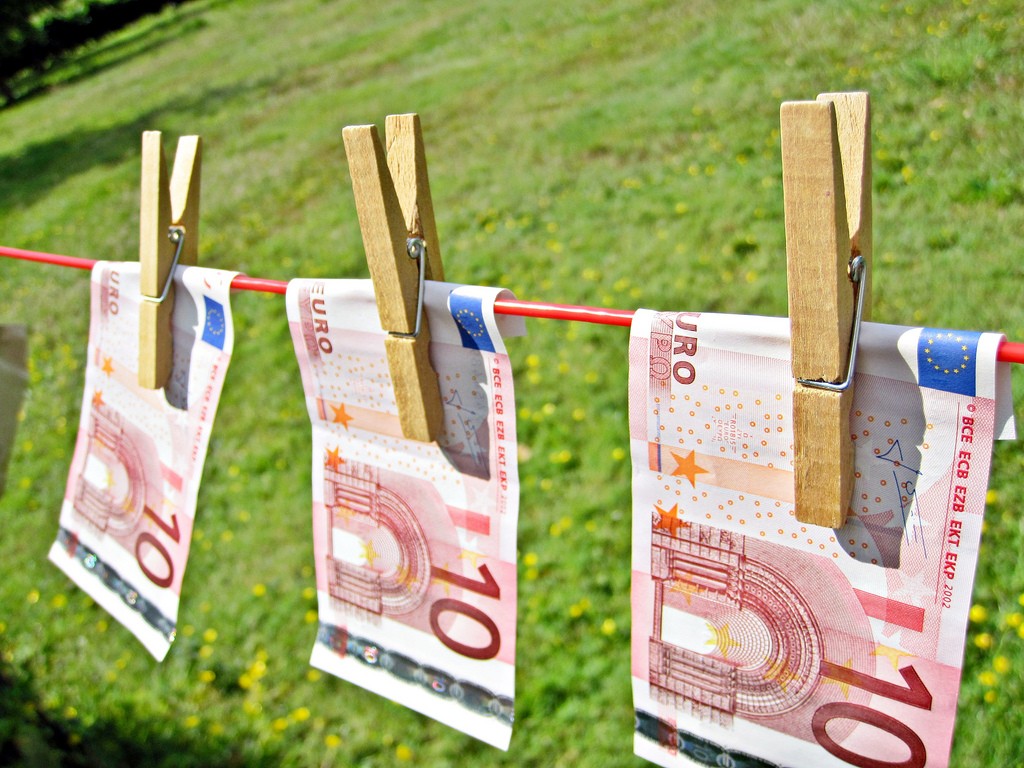Join Our Telegram channel to stay up to date on breaking news coverage
Like many countries, Mexico’s government is dealing with how best to tackle money laundering and financial crime. However, contrary to what many might believe, it appears that the traditional banking sector is the primary culprit in this crime spree.
G7 Banks are Mexico’s Top Money Launderers
This week, local news medium El Economista reported that the country’s Financial Intelligence Unit had accused banks of being the top enablers of money laundering. The findings came as part of the unit’s second National Risk Assessment report of 2020.
As the report explained, Mexico’s “G7 Banking Group” — a consortium of the country’s biggest banks; Santander, BBVA, Banorte, Scotiabank, HSBC, Inbursa, and Citibanamex — had registered more money launderers than blockchain and FinTech firms. The report’s “high risk” classification included exchange firms, brokerage companies, and institutional banking service providers.
The report explained that four financial system sectors were considered to be at the highest risk of enabling money laundering. However, banks that carry out foreign exchange activity — along with the primary G7 banks — have become the most likely enablers of the act.
The Financial Industry’s Money Laundering Track Record
The Mexican report is another piece of proof that many problems associated with the crypto industry are just as worse when considering the traditional financial sector. Many crypto detractors have pointed to the assets’ propensity to facilitate money laundering and evade sanctions, but banks and other financial institutions are just as worse.
A report from the United Nations claims that money laundering costs the global economy between $800 billion and $2 trillion annually. That number forms about 2 to 5 percent of the global GDP. Today, well over 90 percent of money laundering activities go undetected.
Banks’ propensity to aid money laundering isn’t new. In 2012, HSBC paid a $1.9 billion fine to avoid prosecution for laundering about 881 million in proceeds from the sale of illegal drugs. Along with facilitating money laundering from drug cartels, evidence also showed that HSBC had moved money for Saudi Arabian banks with links to terrorist groups.
While federal investigators found evidence that senior bank officials were aware of the plot, none of them faced charges for their actions. With the growth of technology and its integration in banking, people and companies now access quicker transactions. However, this technological advancement has also made money laundering markedly easier.
The Association of Certified Financial Crime Specialists reported that 2019 was a record year when it comes to Anti-Money Laundering (AML) fines imposed. Authorities handed out 58 AML fines, totaling $8.14 billion, which was twice what was imposed in 2018 (29 fines totaling $4.27 billion). Regulators in the United States issued 25 penalties, totaling $2.29 billion.
Two-thirds of the fines were imposed on banks, while crypto and gambling companies got about 17 percent of the fines. Despite their propensity to facilitate money laundering more, they’ve managed to avoid the criticism that has befallen cryptocurrency and blockchain companies.
Join Our Telegram channel to stay up to date on breaking news coverage


